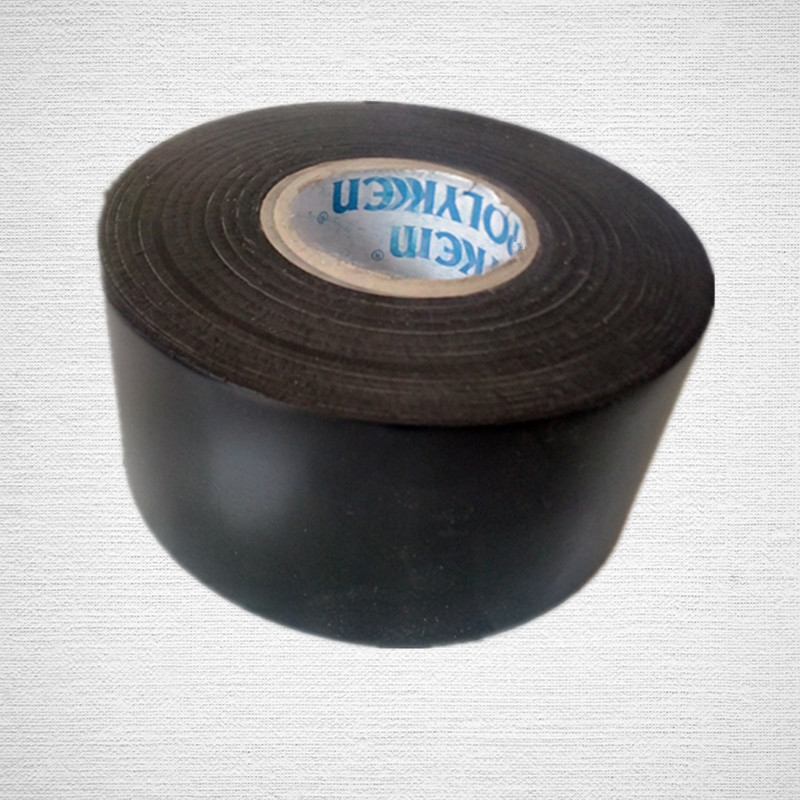ã€China Aluminum Industry Network】 China currently has more than 600 aluminum profile production companies, which produce more than 2 million tons of aluminum profiles each year. Together, they also discharge a lot of waste water, which constitutes a serious environmental pollution.
Aluminium profiles have a large amount of water for disposal, and there are a lot of waste water, and harmful substances in the waste water continue to be discharged. If not treated, it will pollute the environment. Along with China's tax payment on sewage emissions, it will also add to the cost and burden of the company. Therefore, considering the company's social responsibility and benefits, it is necessary and necessary to carry out wastewater treatment. The author summarizes the years of experience in the technical research and handling of aluminum profiles for surface treatment and wastewater treatment, and proposes a practical and feasible wastewater disposal and reuse plan for their counterparts.
1. The origin and type of aluminum waste water treatment
The waste water treated by aluminum profiles has the pre-disposal deoiling neutralize acidic water wash water, alkali corrosion alkaline water wash water, acidic water wash water after acid etching, acidic water wash water after oxidation, and the colored Ni2+, Sn2+ , acidic washing water, electrophoretic paint ion exchange equipment waste acid, spent alkali and a small number of electrophoretic paint wastewater. Wastewater is acidic after mixing, rich in cations such as Al3+, Ni2+, Sn2+, Sn4+, Na+, Cr3+, and anions such as SO42-, F-, NO3-, Cl-, AlO2-, Ac-, as well as active agents and acrylics. Acid resin and other organic substances. Waste liquids include waste sulfuric acid produced by degreasing and neutralization, waste sulfuric acid produced by waste nitric acid and oxidation, waste liquid generated by coloration, waste acrylic acid solution generated by electrophoretic painting, and waste liquid including Ni2+ and F- generated by sealing.
2. Measures to reduce the discharge of waste water and waste liquid
The methods for reducing waste water and waste liquids include rational control of water control time and handling of loading angles to reduce the amount of bath liquid carried out, and use secondary three-stage countercurrent rinsing to reduce water consumption. After the etching and degreasing, the washed water is used for washing after alkali etching, and the washed water after oxidation is used for acid etching and washing after degreasing. In order to reduce or prevent the discharge of waste water and waste bath fluids, the production line should plan and use a variety of recovery equipment, such as etchback equipment, alkali recovery equipment, anodizing aluminum removal equipment, pigmentation liquid RO recovery equipment, electrophoresis Paint RO retraction equipment, the use of these retrieving equipment can be used to reduce the amount of waste water and waste discharge to a larger limit, together with a greater limit to reduce production costs.
3. Principles and Methods for Disposal of Aluminum Wastewater Disposal
Wastewater from the disposal of aluminum profiles is mainly acid-alkali wastewater, rich in Ni2+, Sn2+, F- and a few harmful anions and cations. The disposal method is acid-base neutralization. The waste water is usually acidic and must be neutralized with alkali. The pH is adjusted to 7 to 8.5. Together in the neutralization process, the cations Al3+, Ni2+, Sn2+, Cr3+, etc. all constitute hydroxide deposition. The neutralized and deposited wastewater is pumped into the agglutination tank, together with a quantitative pump to dissolve the dissolved polyamide flocculant and the wastewater is agglutinated. After the agglutination, the wastewater enters the sedimentation tank. The sedimentation method includes sloping plate deposition and air flotation. The method of centrifugal sedimentation, etc., I believe that the centrifugal sedimentation method is still relatively stable. After sedimentation, the clear liquid overflows from the upper overflow port and enters the discharge tank or the reservoir. Wastewater passed through the above disposal can be discharged. If wastewater is reused, the waste water can be processed by coarse filtration into the RO equipment to remove residual anions and cations and organic matter. The PH value of the water at the moment can be low and can be passed. Anion and cation exchange equipments are adjusted to reach reuse specifications. The sludge that has been deposited has been discharged into the sludge pool at regular intervals. After being processed by a plate compactor or a belt dehydrator, the sludge is treated as an industrial waste residue and sent to the industrial waste residue disposal plant.
The Pipe Anticorrosion Materials is a multilayer system used for the protection of steel pipelines. Liquid Adhesives can be used as primers for this system.In addition to serving as primers, these liquidadhesives themselves represent an anticorrosion layer and provide a uniformly smooth contact surface to promote high adhesion of the coating system to the pipe. They are designed for machine or brush application and formulated with stress-corrosion cracking inhibitors. The Anti-Corrosion layer0 is engineered to assure a high bond to the primed surface with excellent conformability characteristics. The mechanical protection layer ,achieves a complete bond to the inner layer, providing maximum handling and in-service protection for the coating system. The adhesives in these and all POLYKEN tape systems contain proven anti-microbial additives.


Pipe Anticorrosion Materials
Pipe Anti Corrosion Materials,Anti-Corrosion Pipe Repair Tape,Anticorrosion Pipe Wrap Tape,Gas Pipe Tape
Jining Qiangke Pipe Anticorrosion Materials CO.,Ltd , https://www.pipe-wrap-tape.com